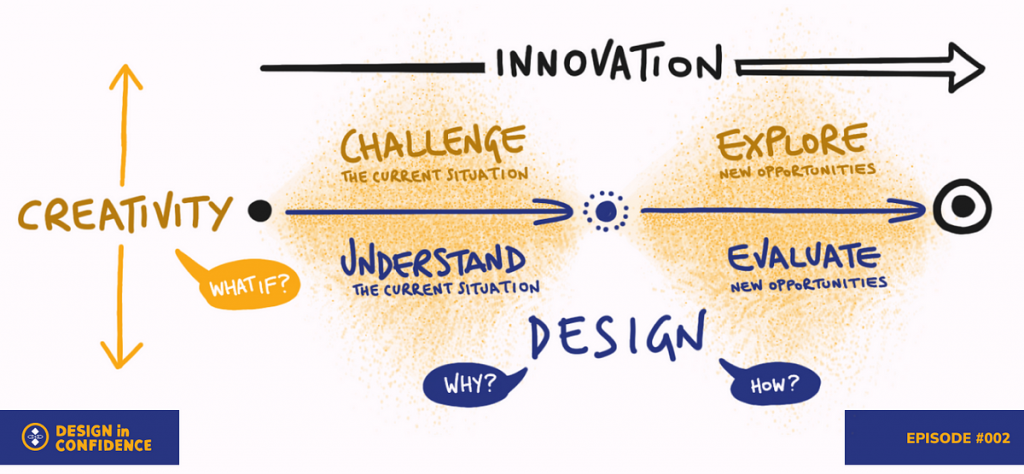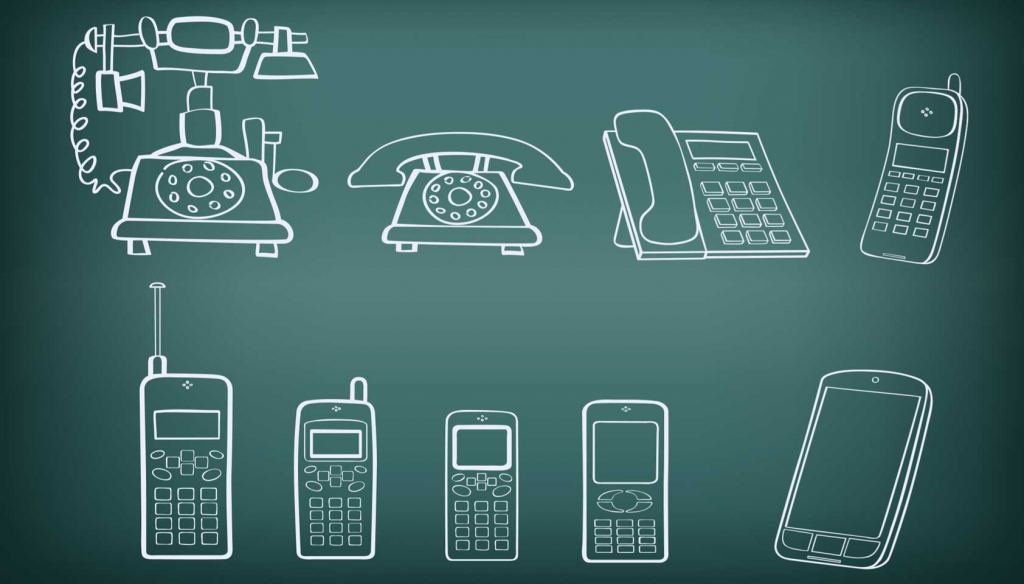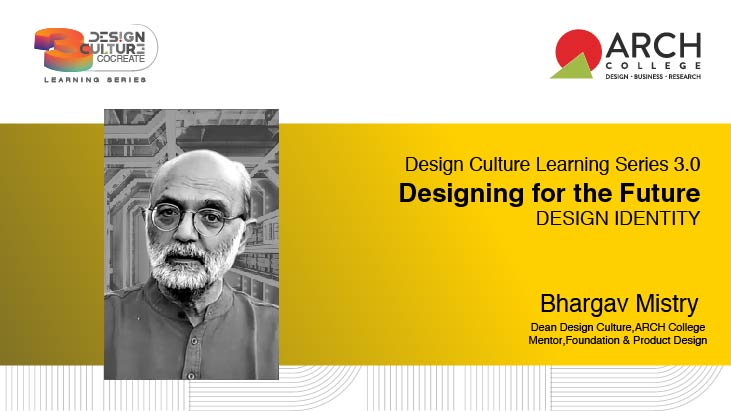Introduction:
The world of design is constantly evolving and it is essential to stay up-to-date with the latest trends and practices. ARCH College of Design & Business is taking the lead in this regard with its Design Culture Learning Series. This series is an attempt to spread awareness and understanding of the essence of design among students, professionals, and enthusiasts. The sessions are conducted by industry experts, and the latest session was delivered by Mr. Bhargava Mistry, Dean of Design Culture, ARCH College of Design & Business on the topic “Designing for the future”.
The Gradual Design Evolution of the World:
The world to this day has incrementally evolved in time, progressing with the use of intelligence, knowledge, needs, and survival. With every advancement in knowledge, science, technology, communication, and commerce, the transformation of the tools of the stone age to the engineering of artificial intelligence, has paved a trajectory for the future that still remains to be as unperceivable as was the future imagined during the yesteryears. At each stage of progress, Design has played a crucial role in bringing meaning and utility to knowledge and scientific innovations.

Design vs Innovation:
Design and innovation are two concepts that are often used interchangeably, but they are not the same. Design is the useful implementation of innovation that assists people in making the task much simpler, more convenient, comfortable, and often, fun to execute. Design, therefore, involves understanding the root needs of people, a sense of aesthetics, knowledge of ergonomics, materials, and processes, and a keen sense of communication. Design education focuses on training learners on all these aspects of design elements and sensitizing them toward discovering problems and challenges that can be solved using the methodologies of design.

Evolution, Revolution, and Disruption:
Evolution, revolution, and disruption are three ways that shape the world we live in. Understanding how to consciously apply these is crucial for organizations to thrive in a rapidly changing world. Evolution refers to continuous innovations that incrementally improve upon existing products or systems. For example, changing the size of tires in the new version of an automobile. Or say, adding an additional feature in an existing product or app. Revolution, in contrast, involves radical and discontinuous leaps that create completely new offerings and open new business avenues. An example could be the way we purchase things over the internet, sitting in the comforts of our homes, as opposed to physically going to shops to make the purchase. This, like many other needs such as online booking, or calling cabs has revolutionized the way we do these tasks with so much ease and convenience. Both evolution and revolution are essential methods of innovation. Incremental innovations reach a limit without any radical change in the way we use the product. Whereas revolutionary ideas rely on further evolution to survive and reach the mass market before it is fully accepted by the users. And once that acceptance happens, several competitors follow, offering incremental improvements in the same products – quite like a cascading effect.
Disruption is not a new phenomenon; it has occurred regularly over the past hundreds of years. It happens when a transformational technology emerges and disrupts existing ways of operating, leading to the collapse of old systems. For example, the postal system was disrupted by the emergence of emails and other electronic communication media. Likewise, the OTT disrupted the way we watch films or serials in the comfort of our homes.
Often, disruptive innovations have flip sides too. For example, despite the benefits, excessive smartphone use may cause addiction among individuals, which might negatively impact human well-being. Furthermore, smartphone addiction can lead to depression, stress, anxiety, and lack of social interaction in different people. It is not entirely wrong to assume that the innovations and disruptions in design and technology have along with it, brought in laziness and other ills in overall health.

Conclusion:
The evolution of the world is a gradual process that continues to be shaped by various factors, including the environment and human needs and innovations. The development of modern technologies has dramatically changed how we live, work, and interact. People are experiencing a “disruption” of the current state of affairs and are enthused to find new solutions. Organizations are continually challenged to keep pace with the emergence of disruptive trends while facing the challenges associated with change. In the current state of affairs, the integration of artificial intelligence in almost every aspect of digital interaction is bringing in a disruption that is virtually impossible to stop.
